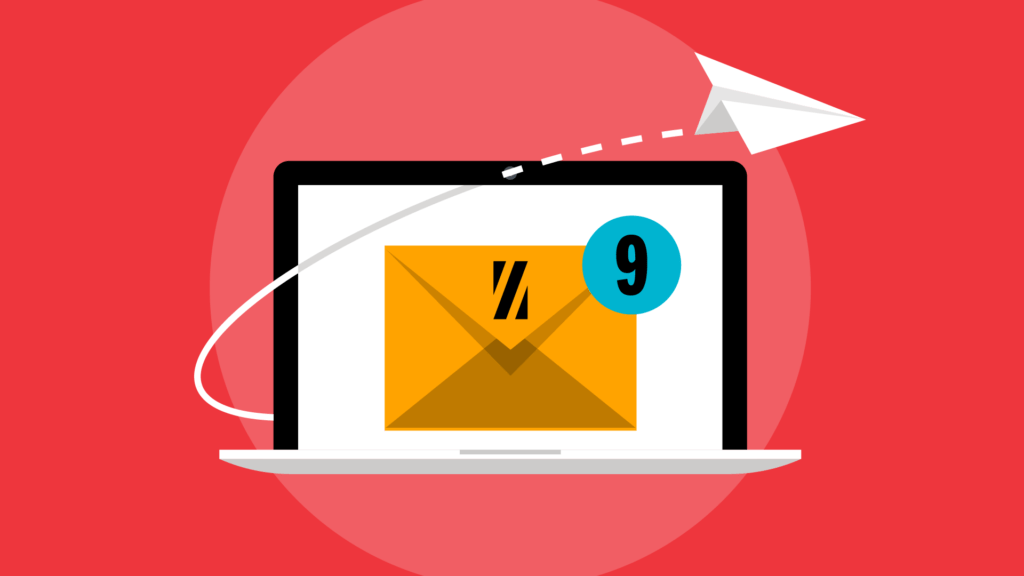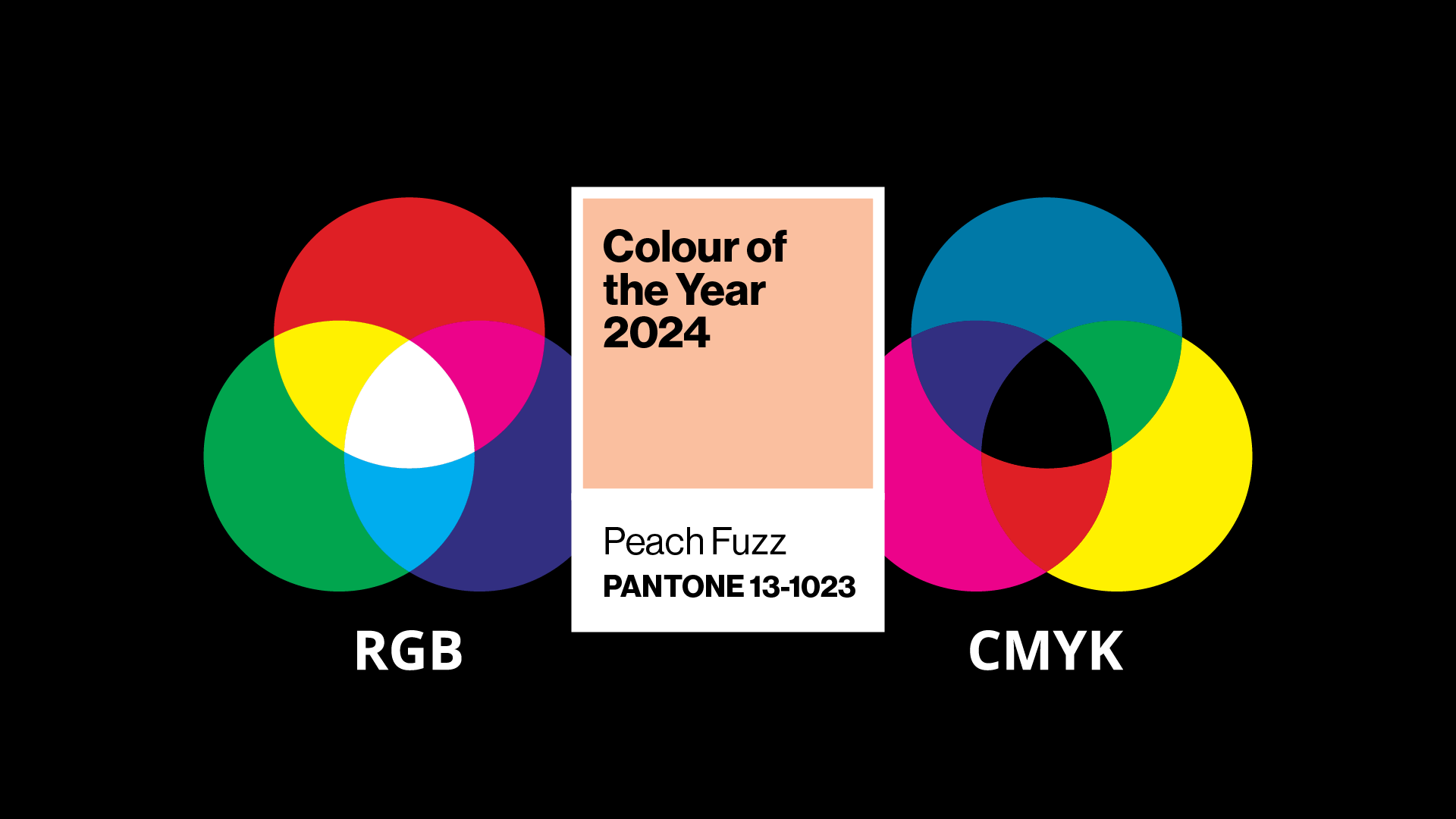
87% of brands say that email marketing is critical to business success[1]
Email marketing is one of the most used tools to directly connect and engage with audiences. But did you know there are some best practices that can make or break your success? From design and accessibility to domain verifications – we’ve collated our 9 top tips to optimise your email marketing.
- Elevate your message with captivating design
The design of your email is important. Not only does it help with immediate brand recognition, it needs to capture the attention of your audience. Your design needs to be visually appealing as research suggests you have only eight seconds to secure interest[2].
Good design handholds the reader as they consume the content, meaning it is easy to read and follow along.
When designing the layout of your email consider the user experience – what will be most important to them (put it towards the top), ensure the reader understands the purpose of the email and most importantly ensure information is not cluttered (i.e. provide white space and break up text with images).
- Compelling subject lines
In the vast landscape of digital communication, the subject line of your email acts as the first impression, the gateway to your carefully crafted content. A compelling subject line is the unsung hero of email marketing, holding the power to entice recipients and inspire them to open your message.
Your subject line should be a teaser, a sneak peek into the valuable insights and content that await within the email. It’s not just about catching attention; it’s about creating a sense of urgency, curiosity, or exclusivity that prompts recipients to click and explore further.
- Accessibility is key
There’s a growing importance, demand and opportunity for organisations to adopt accessibility, when it comes to email marketing; key considerations are readability and colours.
Readability refers largely to the font type and size used, be sure the font is clear and a large enough size that doesn’t require someone to zoom in to read. Providing adequate spacing between text also improves readability – use paragraphs and shorter/sharper sentences.
Accessible colours are an important consideration particularly when using coloured fonts or backgrounds. Creating adequate contrast between the background colour and the text will provide greater accessibility i.e. dark background with light text or light background with dark text. If using your brand’s colours, some may need to be altered slightly to ensure accessibility.
Free online tools such as AccessibleWeb allow you to check your colours to make sure they meet the minimum standards of the Web Content Accessibility Guidelines (WCAG).
Read more about colour accessibility in branding in our blog Colours and Branding – The low-down and new best practice.
- Use a responsive design
Users are accessing email newsletters on all sorts of devices – desktops, laptops, smartphones, tablets – and so your email needs to adjust its format to fit the screen it is being viewed on and be displayed well and without errors.
This is a required component, and it’s a critical factor to enewsletter success. In 2019, Campaign Monitor said mobile traffic accounts for 52.2% of all webpage traffic worldwide and over 81% of people prefer to open emails on their smartphones[3]. This is only going to increase.
- Test, test, test
Enewsletters are created using HTML/CSS code, however, not every email system or device will read code in the same way which can mean your email appears differently. For example, viewing an email on a Mac computer on Outlook could look different to viewing the same email in Outlook on a Windows computer.
Once your template is designed and coded, run a thorough test on multiple devices (including android, iPhone, desktop apps like Gmail, Microsoft 365) to ensure any bugs are caught before the template is finalised.
Be sure to look out for quality inclusions such as a ‘view online’ option at the top of the enewsletter so people can view it in their web browser if their email system is not showing it correctly.
- Verify your domain
With organisations increasing their email security and becoming more sensitive to mass email sends verifying your domain is essential if you want your emails to hit inboxes and not disappear into the spam swamp. Google and Yahoo are enforcing additional measures such as DKIM (DomainKeys Identified Mail) and DMARC (Domain-based Message Authentication) – failure to implement these measures could result in emails being blocked or delayed.
Depending on which email system you use, the process for verifying your domain address will differ slightly – most platforms will have an easy to follow how to guide on their websites on how to do this.
- Make unsubscribing easy
It is a legal requirement in Australia to ensure there is an opt-out function in every mass email you distribute. Typically, the ‘unsubscribe’ button or hyperlinked text sits in the footer of an email, it can be a simple one-click step or you can add a question to ask why someone is ‘opting-out’. We recommend asking why people are opting out, e.g. are you sending too many emails or are readers deeming the information irrelevant, to provide insights that you may be able to action.
- Segmentation is everything
Segmented emails achieve 30% more opens and 50% more click throughs than unsegmented ones[4]. These are impressive results and demonstrate why sending targeted email communications to different groups within your database is essential to email marketing success.
Organising your database so it can be segmented in a number of ways is important to provide greater flexibility with your marketing and enable you to deliver targeted, relevant messages to the right audience.
- Plan your content
Putting together enewsletters can be time consuming, however they are valuable and planning is the secret sauce that transforms your newsletters into powerful tools for engagement and conversion.
A content plan provides a clear sense of direction, ensuring that each newsletter aligns with your overall marketing strategy and creates a cohesive narrative that resonates with your audience. It allows for strategic pacing to coincide with important milestones or events, maximising impact; consistency also builds anticipation among your subscribers. A content plan also facilitates the inclusion of diverse content types, maintaining a good mix of content that keeps your newsletters fresh and engaging, reducing the likelihood of subscriber fatigue.
A plan will also provide visibility for you and your team to see what’s coming up and enable you to have time to collate the content and build your email newsletters without a mad last-minute scramble.
For a free ‘Enewsletter Content Planner’ to help you structure your enewsletters check out Zadro University.
Email marketing is a great tool and following these tips will help you optimise this channel and provide stronger results from your marketing efforts!
If you need help with your email marketing, Zadro can support you with developing a strategy, designing a template and even the content – get in touch with us to find out more.
[1] https://www.litmus.com/resources/state-of-email-workflows
[2] https://www.entrepreneur.com/growing-a-business/youve-got-8-seconds-to-grab-a-customers-attention-heres/427827
[3] Email Marketing Trends [2019] – Email interaction across mobile & desktop | Campaign Monitor
[4] https://blog.hubspot.com/marketing/email-marketing-stats



